3rd Aug
It seems to be pouring outside. Tried to look out through the slit open window of my room. My dry towel continued to mop off the water droplets that accumulated on the camera. It’s pretty dark outside. I looked at the watch, its 11 pm already. Came out to the balcony area. The tea plantations across the hilly terrain, the tall trees and the waterfall at a distance were no longer visible. But the roar of the mighty waterfall falling against the rocky surfaces, the strong winds blowing across my face with a hissing sound in my ears and the incessant rains with a gush of few rain droplets wetting my nose tip reminded me, tomorrow the forest floor is going to be wet and active, including the bandwagon of the leeches.
I closed the door. It’s time to hit the bed. It’s been a busy day today. Landed at Kochi airport by 11 am after a flight of around 1:40 hrs from Mumbai and then the cab to Munnar took another 3:30 hrs. Ofcourse, it was a beautiful road drive with the winding roads cutting through the mountains and tea estates, with the magical play of clouds between the hills and the valleys, with a few repeated Hindi Bollywood songs of 80’s playing in the car music player in low volume. “This is Cheeyaparra waterfalls” … Ganesh, my driver points his finger towards his left. The place appeared to be quite crowded with a few young couples and a group of bikers enjoying the waterfall. I moved on after taking a few snapshots. “This one is another big waterfall, we call it Valara” Ganesh ensured that I remained fed with enough knowledge on history and geography of the place throughout my journey from Kochi to Munnar.

The rest of the team of experts had reached Munnar two days back. The initial field visit report appeared to be very motivating. The local team of naturalists were Sebinster Francis and Augustine – a fantastic duo having an excellent field knowledge of the local topography and biodiversity. It was evident, that the next few days were going to be very fruitful but at the same time, demanding for a lot of hard work too. While I was just 30 minutes away from the resort, got a news from the team that the elephants were sighted. Sounded like the expedition had begun. However luck was not much in favour as the sightings stopped after a while and we made a plan to visit it in next few days if a sighting is reported again.
After a quick and light lunch at the resort, we started getting ready for the evening forest trails, assembling all gears needed for the shoot and also those needed for keeping us protected. It was a late lunch and by the time we managed to reach the destination, the Sun had already set and the twilight was setting the stage with its mystic magic. It started drizzling. The place appeared to be a relatively less dense forest patch nearby a school. As it started getting darker, the frog calls from all around started getting louder and louder. A few quick assemblies of the gadgets and the lights, and finally … we were on field, shooting. A few Micrixalus sp. and a juvenile large scale pit viper kept us busy, so much so, that we didn’t realize that it was already past four hours. Experiments with lights and gadgets didn’t let us realize how time flew until Sebin said “Let’s go to the cave area now”. I could read that utter reluctance to drive to the cave area in Ganesh’s face. “I am hungry Sir” he said. But soon, looking at the adamancy on our faces, he realized that the trick isn’t going to work and he started the vehicle towards the cave area.

It had started raining quite heavily as we reached the cave area. In the very first glance, the cave appeared to be infested with thousands of bats. I anyway had no plan to venture inside the cave. A sudden gush of a very strong and pungent odour of bat droppings hit my olfactory cortex. These bat droppings at times become a huge pile, decomposed by microorganisms releasing the pungent odour and also releasing strong acids which at times even corrodes the cave walls thus creating undercut features.
Just outside the cave entry, we see a night frog (Nyctibatracus) sitting on the edge of the cave wall with a clutch of eggs. We could hear a very typical meowing sound from all the puddles around. It had to be the Meowing night frog (Nyctibatrchus poocha). Having said that, it wasn’t very easy to concentrate on the subject with an ever sinking, muddy soil down under my feet and that stingy smell of bat droppings anaesthetizing all my olfactory senses. I gave up.
A curious looking Anamalai Spiny Lizard changing its colour from brown to green as it moved from some dull looking, dry, brown branches to a green climber, drew our attention, while the rest of the team could trace another large scale pit viper and this time, a fully grown adult. The colours of the viper appeared dull and dark. To my knowledge a Large scale pit viper doesn’t have many morphs. As we watched the viper closely, we saw it was about to moult. It had a translucent coat on its body including the eyes. Without disturbing it, we decided to call it a day.
By the time we reached the resort back, it was already 11 pm. The gears had faced quite a bit of moist atmosphere and drizzles of rain water off and on. I sat down with the camera cleaning kit and started wiping the water off the surface of the gears. Seemed to be pouring outside as I tried looking through the split open window of my room. I looked at the watch, its 11 pm sharp.

4th Aug
The rain water all over the balcony was indicating clearly that it poured heavily throughout the night. The sky is a bit clear now. Munnar with its ravishing beauty of mountains with the misty waterfalls, streams flowing through the pristine valleys, spaced with acres of tea plantations mesmerized all of us. The magical play of clouds and mist between the mountain peaks and the valleys was constantly reminding us that we were in God’s own country.
Situated at an altitude of 6000 ft above the sea level, Munnar is a breathtakingly beautiful place of tranquility and solitude on earth. Once the summer capital of British India in South, Munnar today is a popular tourist destination. Acres and acres of lush green tea plantations till the horizon kept us speechless as we drove past some of them. “That’s a Neelakurinji plant Sir”, Ganesh said, “last time mass blooming had happened was in 2018”. The same year when the flood was devastating across the state of Kerala.
We had ‘Sadhya’ lunch today at the resort. A very authentic Kerala dish which is prepared for auspicious occasions like Onam and Bishu. Pure vegetarian and absolute delicacy for your taste buds. A super relaxing afternoon followed the heavy lunch… and suddenly …. “The elephants are there” – message from Sebin. We pushed ourselves and rushed to the spot, and this time, they were there. It was a very different perspective I had ever experienced for elephants. I was on a busy traffic main road and the elephant herd was at an elevation just beside the road. They were too close to give me goosebumps thinking what would happen if one of them just go nuts. Nothing like that happened though and we were content with the images that we made. Now Sebin was calling us for the evening shoot.
That evening we had a fantastic time with a large scaled pit viper sitting on a branch beside a flowing stream in background. Subsequently we got to photograph more than one star eyed tree frogs and then a Munnar bush frog posing for us offering exclusive portfolio shoots. Well, it was easier said than done. It was chilling cold in the field and raining continuously. We called it a day with a great hope that we will get to see the R. Uthamani the next day.
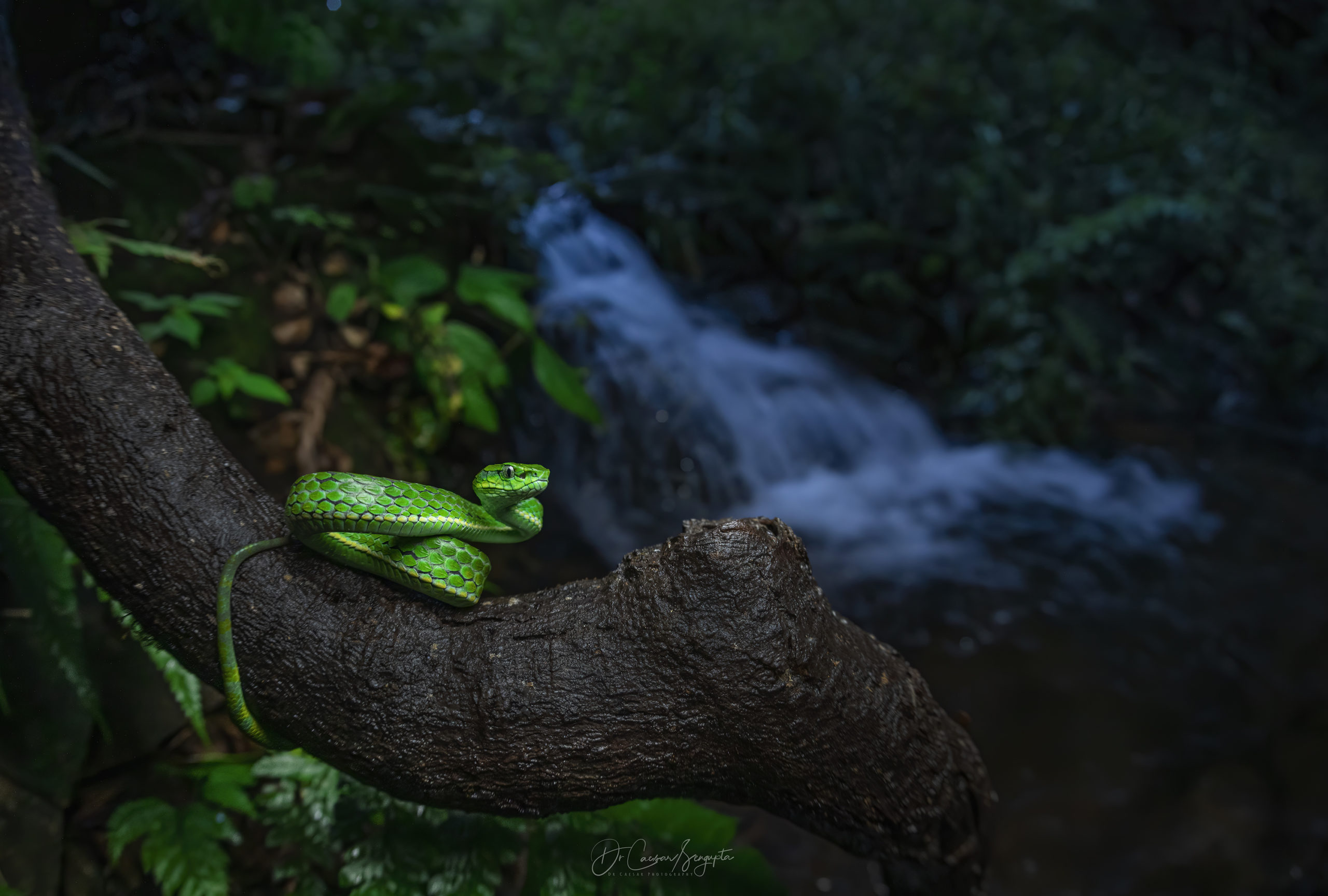
5th Aug
It is a stark darkness all over now. Has been drizzling continuously since evening. I am sure I have been feeding a couple of leeches pretty well by now. “Wild elephants often visit this place and the place is kind of risky as there is only one way you can enter into or get out of this place” Sebin continued “The terrain is not friendly, it’s important to keep your eyes and ears open”. A quick glance over the valley in the torchlight did make us all agree unanimously to what Sebin just said about the place. “If we are lucky, we will see Uthamani calling all over”. That night we had a great time making gigabytes of images of this amazing beauty – Raorchestes Uthamani.
The last evening ended with a few amazing photographs of Raorchestes Uthamani and R. Griet. “Thank you Sebin and Augustine for all the help. It has been a magical experience” I said. With his typical smile, Sebin replied “Its my pleasure. Exactly a year back in this place, happened a massive landslide which crushed a settlement of 83 tea estate workers of Kannan Devan Hills Plantations Company. We all were involved in the rescue operations”. We were silent for a couple of seconds. High clay and sand content in the soil, excessive rainfall and steep slopes trigger such landslides is what I could understand when later I read about it more.
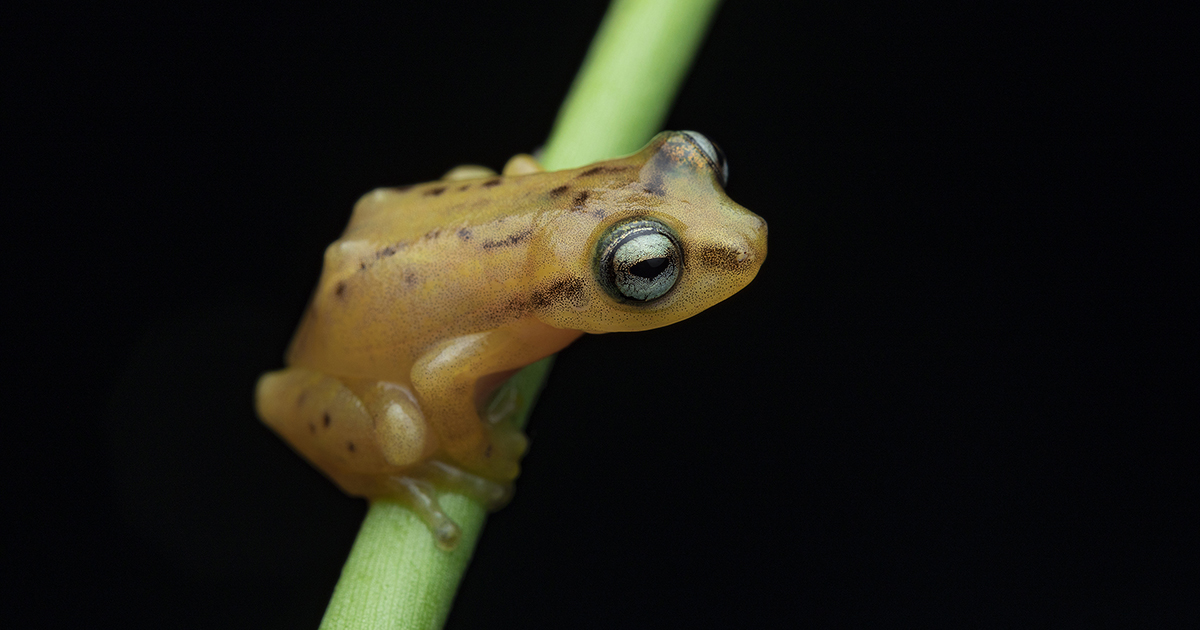
There are about 36 different species of frogs in Munnar of which nearly 50 per cent are threatened by extinction. A report issued by a group of researchers declared that “The toad-skinned frog along with the Anamalai gliding frog (Rhacophorus pseudomalabaricus), Raorchestes chlorosomma, Raorchestes griet, Raorchestes munnarensis and Raorchestes resplendens are the critically endangered species in the region”. The team members, who conducted the survey, included Arun Kanagavel, Sethu Parvathy, Rajendran K and Rajan S. During our stay over there, as we explored the forest, we came across several critically endangered endemic species from the area. Mentioning about only those species which we saw or photographed during the period.
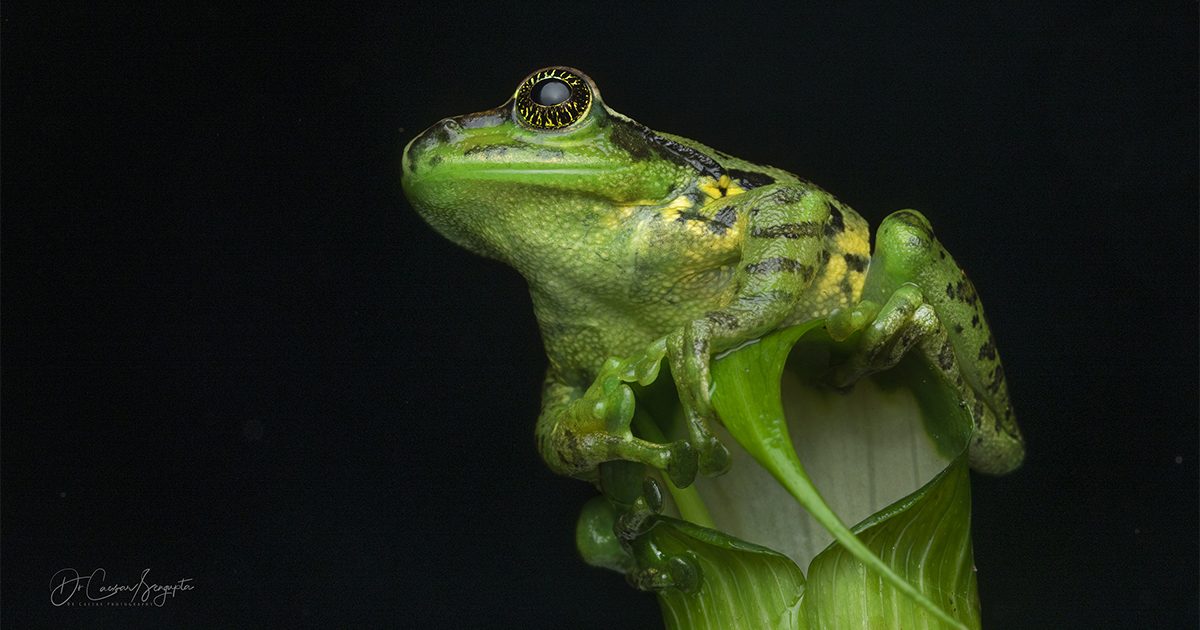
Love at first sight with the Star-eyed Tree Frog (Ghatixalus Asterops). Unfortunately IUCN Redlist Status is Data Deficient which says there are enough work yet to be done on this species. The eye has typical star like patterns of radiating yellow coloured streaks. Found in Munnar, Palani, and Anamalai. The genus name Ghatixalus comes from the ‘Western Ghats’.
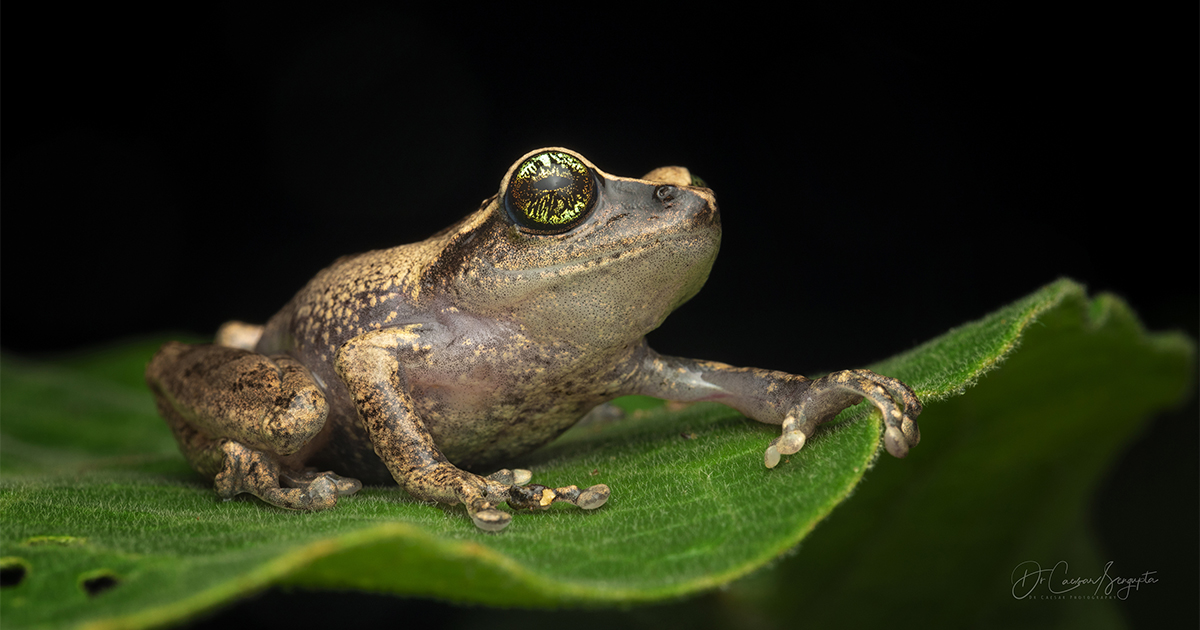
Green-eyed Bush Frog (Raorchestes chlorosomma) is also critically endangered as per the ICUN red list. Found in Munnar and a few regions of Periyar Tiger Reserve, and Tamil Nadu. This frog also has beautiful eyes.
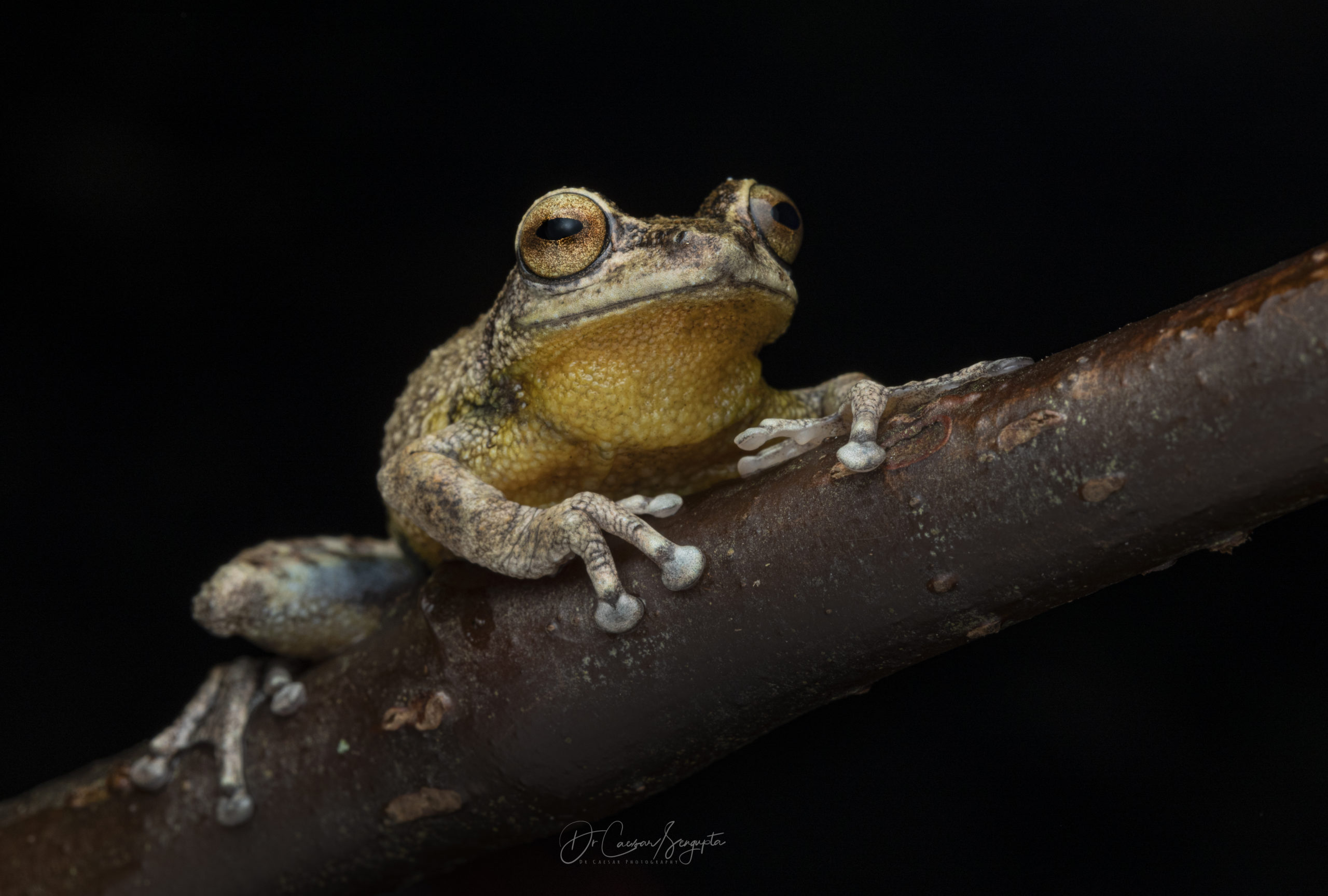
Munnar Bush Frog (Raorchestes munnarensis) is a critically endangered species as per IUCN Redlist. Endemic to Munnar and are found in a very small area near tea plantations.
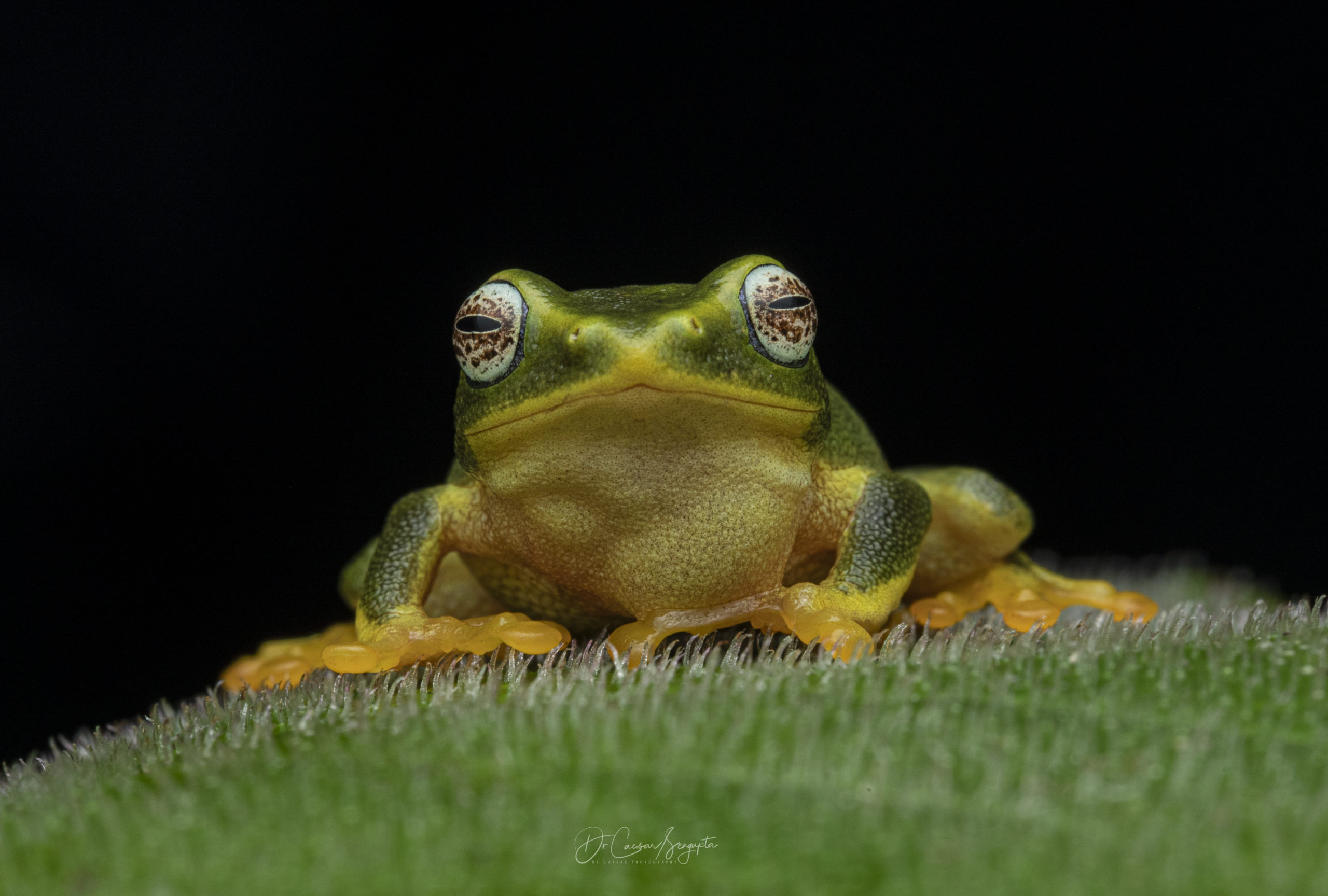
Jayaram’s Bush Frog (Raorchestes jayarami) is mainly found in Valparai region in Tamilnadu and in Munnar Kerala.
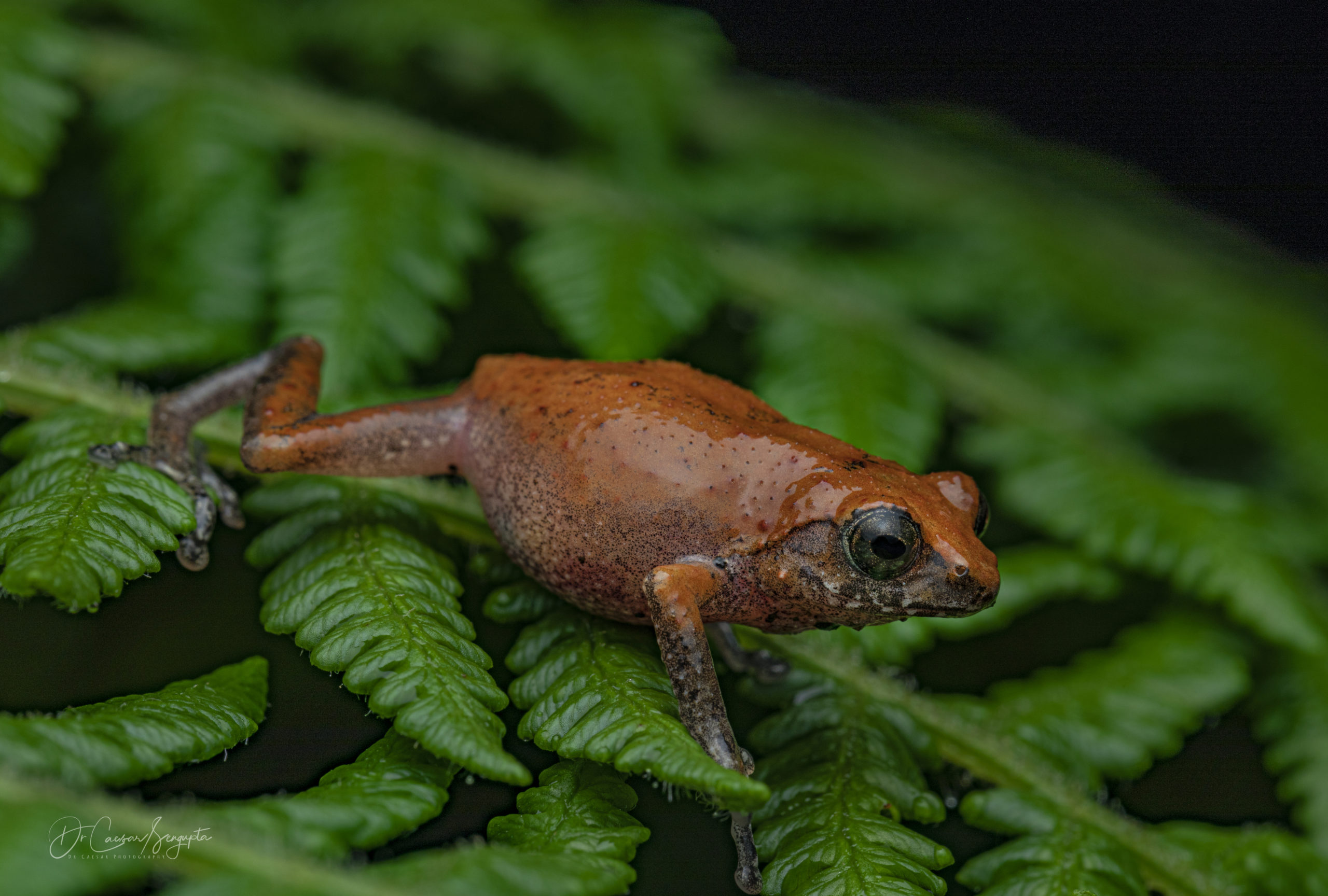
Griet bush frog (Raorchestes griet) It is endemic to the Western Ghats south of the Palghat Gap in Kerala and Tamil Nadu states
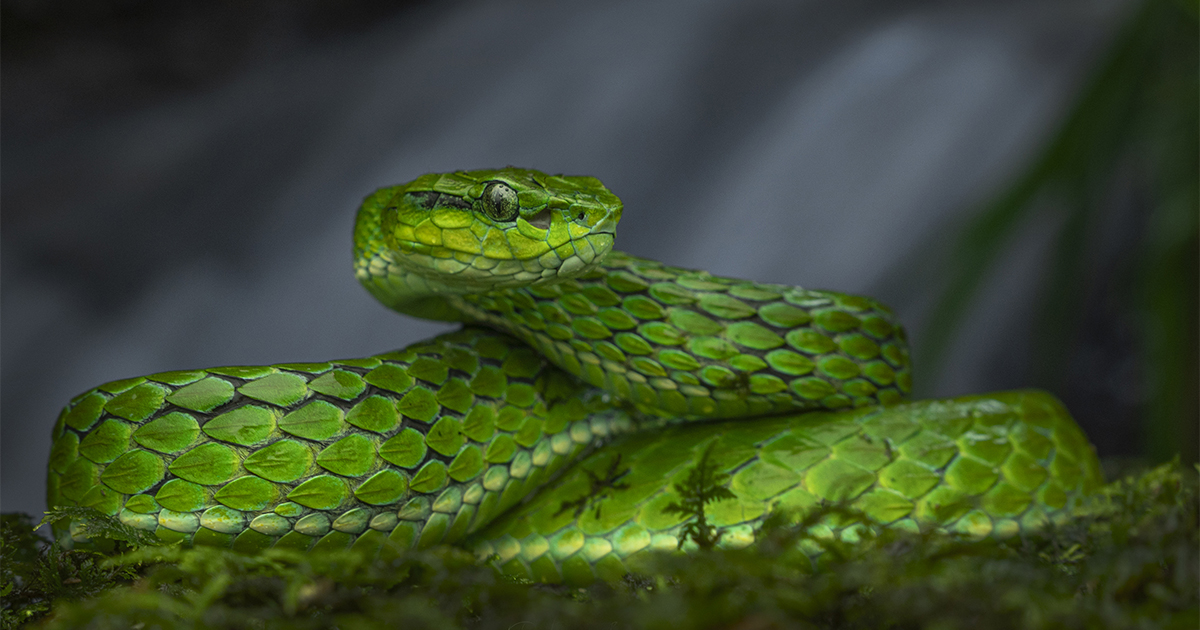
Large-scaled Pit Viper (Trimeresurus macrolepis) is near threatened as per IUCN Redlist. One of the most beautiful snakes seen in this area. A high altitude species, endemic to Southern Western Ghats.
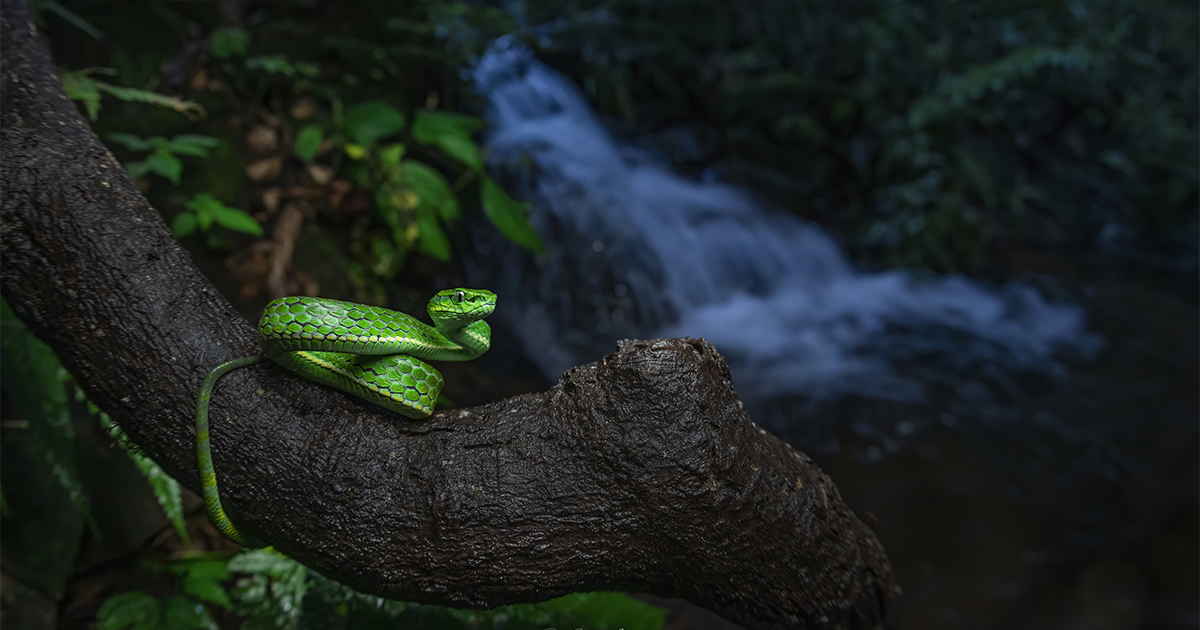



18 Comments
Looked real wild pics from Munnar especially of Viper and Bush 🐸
They are real only Sir … LOL. Lot of hard work behind these.
Amazing images and documentation! And your descriptive writing transported me to that time and place!!
Thank you so much
It’s a different world all together. Amazing stuff Doc.
Thanks so much Ashok
Great determination and hardwork has resulted in this masterpiece..Superb Photography and good writing as well..The writeup has described and accommodated the journey so beautifully !! What a fantastic blog it is Sir !!
Thank you for the motivating words
Lived through your experience. Very well written and splendid photos.
Thank you so much Sir
Caesar Sir… It’s so beautifully written. While you made it sound so simple, shooting in rain and in hilly condition must have been very difficult. Thank you so much for the great descriptions and even beautiful photos.
Thank you so much
Wonderful write up .. seems like I was there.. wish be there with team..
Thank you so much
Awesome images. Riveting write up..the narration takes you there!
Thank you so much
Beautiful images and excellent write up Doc. enjoyed reading it.
Thank you Sangram